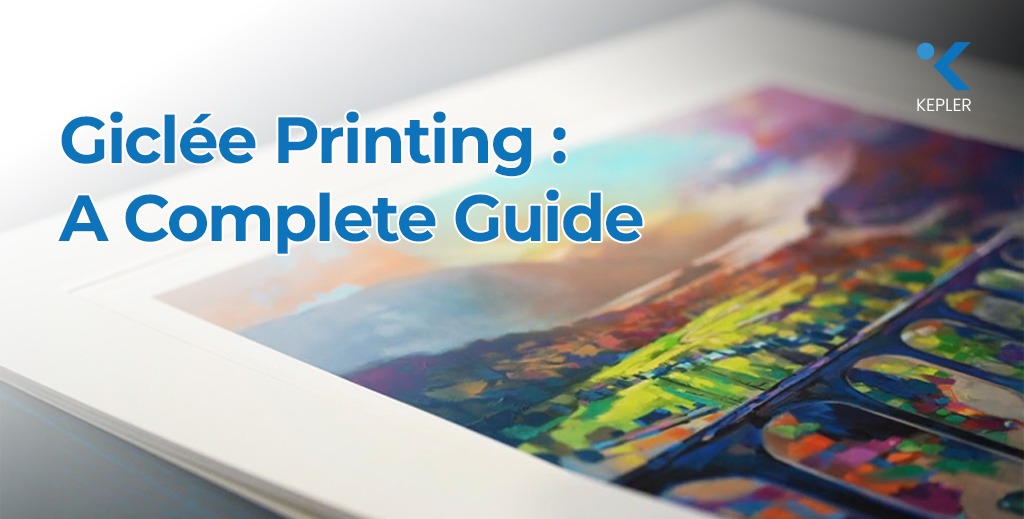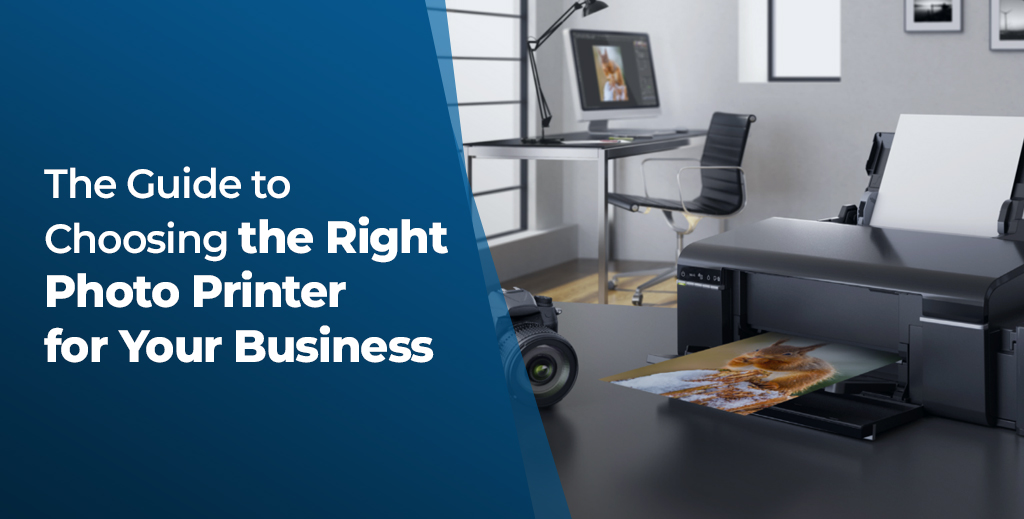Giclée Printing: A Complete Guide
In today’s world of digital art and professional photography, high-quality printing has become just as important as capturing or creating the image itself. While traditional printing methods often compromise on detail and longevity, a unique technique called Giclée printing has gained immense popularity among artists, photographers, and collectors. Whether you’re a professional looking for the best printer for photographers or an art enthusiast wanting to preserve your favorite creations, understanding Giclée printing is a must. So, why does this matter? With the rise of large-format printers and specialized photo printers, creatives now have access to gallery-quality prints without sacrificing detail or vibrancy. Giclée printing, with its advanced technology and superior photo printing paper choices, offers a solution that bridges art and innovation. In this guide, we’ll take a deep dive into everything you need to know about Giclée printing: what it is, how it works, its benefits, applications, and even tips to help you create professional-quality prints. By the end of this blog, you’ll understand why Giclée printing is redefining standards in the world of fine art and photography. What is Giclée Printing? Before we dive into the details, let’s first clear the basics: what exactly is Giclée printing? The term Giclée originates from the French word gicleur, meaning “to spray.” This reflects the core of the process: Giclée prints are created using inkjet technology, where a photo printer sprays microscopic droplets of pigment-based ink onto high-quality archival media. Unlike standard digital printing, which relies on dye-based inks, Giclée printing ensures exceptional precision and color depth. Compared to offset printing or standard digital methods, Giclée offers several advantages. Offset printing may be cost-effective for bulk production, but it often lacks the fine details required for art reproductions. Digital printing, while fast, cannot always achieve the durability or archival quality of Giclée. This makes Giclée the gold standard for artists, galleries, and photographers who want their prints to last for decades without fading. Benefits of Giclée Printing Now that we know what Giclée printing is, let’s take a closer look at why it’s considered a revolution in the printing world. From professional artists to hobby photographers, the benefits extend far beyond simple aesthetics. 1. High-Quality Prints with Precise Color Accuracy Imagine spending weeks perfecting an artwork or capturing that once-in-a-lifetime photograph only for it to lose detail in print. That’s where Giclée printing makes a real difference. By using advanced photo printer technology and a wide color gamut, every brushstroke, texture, and shadow is reproduced with jaw-dropping clarity. The pigment-based inks are capable of producing millions of color variations, ensuring skin tones look natural, skies look vibrant, and the tiniest details don’t get lost. This makes Giclée the best printer for photographers who need their prints to reflect exactly what they envisioned on-screen. 2. Durability and Longevity When investing in prints, longevity matters. Traditional dye-based printing methods often fade within a few years, especially when exposed to light. In contrast, Giclée prints when created on archival-quality photo printing paper can last for more than 100 years without noticeable fading. Museums and galleries prefer Giclée because it ensures artworks remain timeless for future generations. Whether it’s printed on archival media designed for fine art reproduction, the durability of Giclée makes it a top choice for collectors and professionals who value permanence. 3. Versatility in Materials One of the most exciting aspects of Giclée printing is its versatility. Unlike standard printers that often limit you to a few paper types, Giclée technology works seamlessly with a wide range of media. Artists can choose between smooth photo printing paper for vibrant photography, matte photo paper for subtle fine art pieces, or textured watercolor paper for an authentic hand-painted feel. Even canvas prints are possible, giving your art a museum-quality presence. This flexibility allows creators to experiment with finishes and find the perfect surface to complement their style. 4. Ideal for Art Reproductions & Photography For painters, illustrators, and photographers, authenticity matters. Giclée printing allows artists to reproduce their original work with such accuracy that the print often looks indistinguishable from the original. Photographers, especially those showcasing work in exhibitions or selling prints, prefer Giclée because it delivers professional-grade quality every time. The combination of large-format printers and archival inks ensures that whether you’re printing a small portrait or a wall-sized photograph, the results remain sharp, vibrant, and true to life. The Giclée Printing Process Ready to see how the magic happens? Let’s break down the step-by-step process. It starts with a high-resolution digital file (usually 300 DPI or higher). The better the input, the better the output. Proper editing and retouching also help maintain sharpness and color integrity. Ensuring correct color profiles (such as Adobe RGB or sRGB) and calibration is crucial for consistent results. The large format printer used for Giclée sprays pigment-based inks with extreme precision, creating millions of color variations. Unlike traditional methods, the inks don’t just sit on the surface; they bond with the paper fibers. Choosing the right archival media is key, as it greatly influences both the look and the longevity of your Giclée prints, ensuring vibrant colors and lasting quality for years to come. Professional printers calibrate both monitors and printers to ensure what you see on screen matches the final print. This careful process ensures that every Giclée print is museum-quality and true to the original. Applications of Giclée Printing So, where does Giclée printing really shine? The answer: practically everywhere in the creative and professional industry. Its versatility, combined with the precision of photo printer technology and compatibility with large format printers, makes it the go-to solution for a wide range of uses. Let’s explore some of the most impactful applications. 1. Art Reproductions For painters, illustrators, and mixed-media artists, reproducing original works without losing detail has always been a challenge. Traditional printing often flattens textures and dulls color vibrancy. Giclée printing solves this problem by capturing even the subtlest brushstroke or pencil line with stunning accuracy. Whether an artist wants to sell limited-edition


